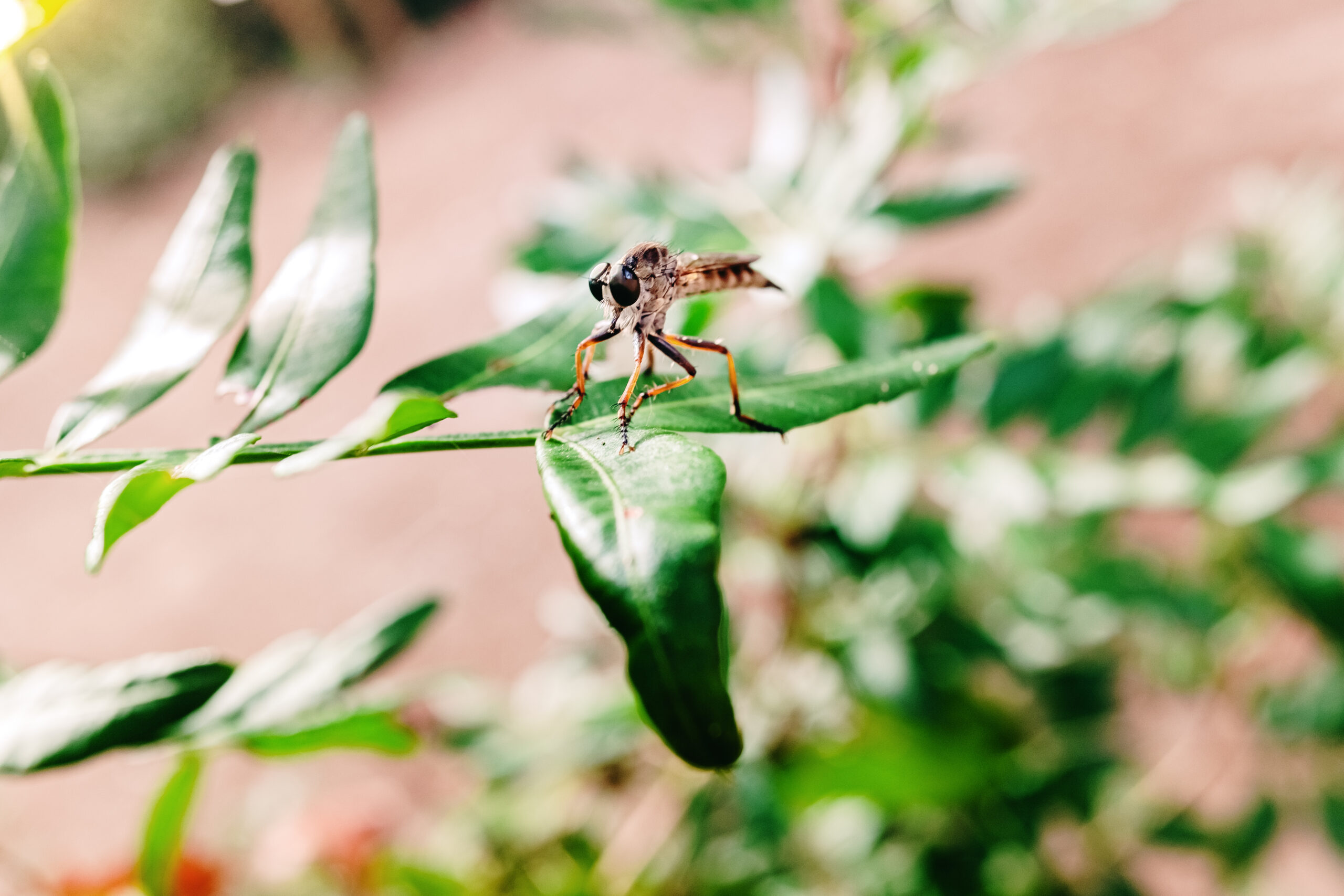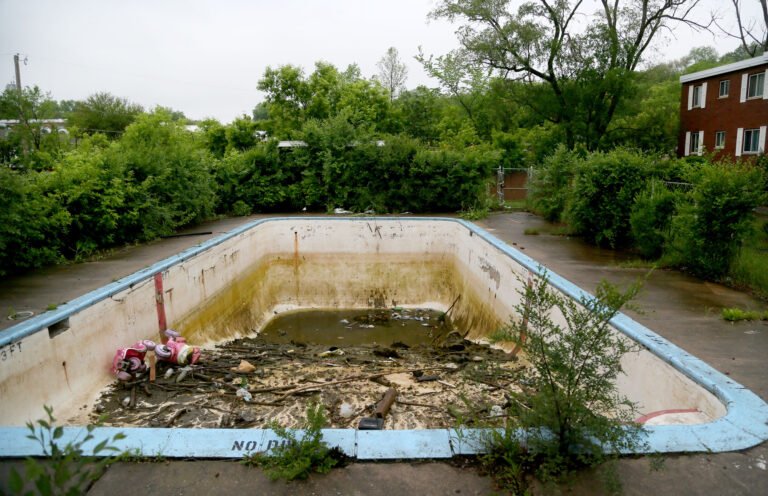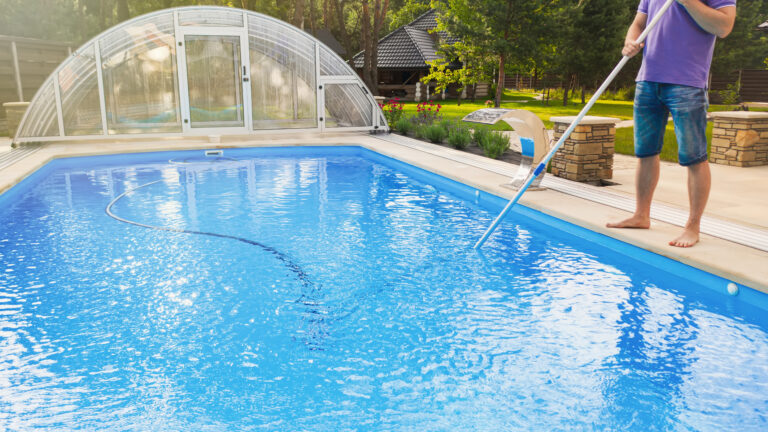How to Keep Flies Away from Your Backyard: Effective Methods and Strategies
Flies can be a major nuisance, especially when they invade an outdoor space and threaten to spoil a pleasant backyard gathering. These pesky insects not only cause discomfort but also potentially carry diseases. To enjoy one’s outdoor space without the unwelcome presence of flies, it is essential to employ effective strategies to deter them from invading your backyard space.
Various methods can be employed to control and minimize the fly population in a backyard. Some solutions are simple, such as regularly cleaning and maintaining the outdoor area, while others involve utilizing natural remedies, like plants that repel flies. Understanding the habits and breeding patterns of flies also plays a crucial role in keeping them at bay.
In this article, we will discuss the different steps to take to maintain a fly-free backyard, ranging from practical advice to creative solutions. With these strategies in place, one can enjoy their outdoor space without the worry of these unwelcome guests.
Understanding Flies and Attraction Factors
Flies are commonly found in human populations where they can easily access food sources. In order to effectively keep them away from your backyard, it is essential to understand their life cycle and the common factors that attract them to your yard.
Life Cycle of Flies
The life cycle of flies consists of four stages: eggs, larvae, pupae, and adult flies. Female flies lay their eggs in organic matter such as water, fruit, and decaying plant materials. Once the eggs hatch, the larvae (commonly known as maggots) feed on the surrounding organic matter. After some time, they develop into pupae within which they mature into adult flies. This entire process usually takes about 2 to 4 weeks, depending on environmental conditions.
Common Attractants in the Yard
There are several factors that make your backyard an attractive location for flies. A few of the most common attractants include:
- Water: Flies thrive in environments with water, as it provides ideal breeding grounds for their larvae.
- Sugar: Flies are attracted to sugary substances, such as the nectar in flowers or juice from fruits.
- Fruit: Fruit that is overripe or decaying can become a perfect breeding site for flies and is a source of food for both adult flies and their larvae.
- Trash: Garbage cans, especially those containing food waste, attract house flies and filth flies. Regularly cleaning and sealing your trash cans can help reduce the presence of flies.
- Compost bin: While compost bins are an environmentally friendly way to dispose of organic waste, they can also attract flies due to the decaying matter. Properly maintaining your compost bin and turning the material regularly can help minimize fly attraction.
- Organic matter: Flies are fond of decomposing organic materials as they serve as both breeding grounds for larvae and sources of food. Removing piles of leaves, grass clippings, and other organic matter can reduce the chances of attracting flies.
By understanding the life cycle of flies and the factors that attract them to your backyard, you can take the necessary steps to minimize your yard’s appeal to these pests, keeping your outdoor areas more enjoyable for yourself and your family.
Prevention and Sanitation Methods
Maintaining a clean backyard environment is crucial to keeping flies away. By using proper sanitation methods and practicing preventive measures, you can minimize the chances of a fly infestation.
Proper Trash Management
Properly sealed garbage cans: Ensure that all garbage cans have tightly fitting lids. Regularly clean the cans and the surrounding areas.
Compost bins: If you have a compost bin, make sure to keep it covered to prevent flies from accessing the organic material inside. Regularly turn the compost to speed up the decomposition process.
Pet waste: Clean up pet waste daily and dispose of it in a sealed container or bag to minimize the attraction for flies.
Consistently maintaining proper trash management can significantly reduce the presence of flies in your backyard.
Regular Cleaning Routines
Outdoor surfaces: Clean outdoor surfaces, such as patio furniture and decks, on a regular basis to remove any food residue or spills that could attract flies.
Garden areas: Regularly clear your garden of any fallen leaves, fruits, or vegetables that have started to rot, as these can attract flies.
Sweeping and mowing: Sweep walkways and mow your lawn regularly to eliminate potential fly breeding grounds.
By adhering to a regular cleaning schedule, you can keep your backyard clean and greatly reduce the likelihood of fly infestations.
Securing Food Sources
Covered food: Never leave food uncovered outdoors. Flies can easily access and lay eggs on exposed food sources.
Outdoor dining: When hosting outdoor gatherings, consider using mesh food tents to cover food items and minimize the risk of flies coming into contact with your meal.
Bird feeders: Keep bird feeders clean and remove any spilled food to prevent attracting flies.
Securing food sources will discourage flies from visiting your backyard and help maintain a hygienic environment.
Fly Repellent Strategies
Natural Plant Repellents
One effective way to keep flies away from your backyard is by growing natural plant repellents. Some plants, such as lavender, lemongrass, mint, rosemary, eucalyptus, and basil, have properties that repel flies. Besides their ability to deter pests, these plants can also be used to add fragrance to your patio and enhance your garden’s aesthetics. Make sure to place them strategically around your outdoor areas, where flies are most likely to be a nuisance.
Chemical-Free Deterrents
If you’d prefer not to use chemicals in your backyard, there are alternative solutions. One natural repellent is citronella. Citronella plants and citronella essential oil are highly effective in repelling flies. Typically, citronella candles and oil diffusers can be placed around your patio and backyard seating areas. Likewise, making a DIY spray using a combination of other essential oils, such as eucalyptus, lemongrass, lavender, and mint, can also keep flies at bay.
Here is a brief list of natural deterrents to consider:
- Citronella candles
- Essential oil diffusers
- DIY fly repellent spray using essential oils
Creating Physical Barriers
In addition to using natural repellents, creating physical barriers can be an effective fly deterrent. Here are some options to consider:
- Screens: Installing screens on windows and doors will prevent flies from entering your home.
- Fly curtains: Placing fly curtains, which consist of densely hanging strips, at entrances helps keep flies away from your doors.
- Fans: Setting up outdoor fans near your patio or seating area can create an air current that deters flies.
In conclusion, combining natural plant repellents, chemical-free deterrents, and creating physical barriers can effectively minimize the presence of flies in your backyard. Implementing these strategies will allow you and your guests to enjoy your outdoor space without the annoyance of pesky flies.
DIY and Commercial Fly Control Products
There are numerous ways to keep flies away from your backyard, including DIY and commercial solutions. This section will cover two effective methods: making your own fly strips and purchasing commercial traps.
Making DIY Fly Strips
For those who prefer a do-it-yourself approach, creating DIY fly strips is an easy and cost-effective method. To make your own fly strips, you will need the following materials:
- Cardboard or heavy paper
- Corn syrup or honey
- Sugar
- String or thread
- First, cut the cardboard or heavy paper into strips.
- Make a loop with the string or thread at one end of each strip, and tie a knot to secure it.
- Mix the corn syrup or honey and sugar in a bowl to create a sticky substance.
- Spread the mixture evenly onto the strips.
- Hang the DIY fly strips at strategic locations in your backyard where you’ve seen flies congregating.
These homemade fly strips work similarly to commercial fly paper by attracting and trapping flies with the sticky substance.
Effective Commercial Traps
For those who prefer to purchase ready-made fly control products, there are several effective commercial traps available on the market. Here are a few popular options:
- Fly swatters: A classic choice, fly swatters are inexpensive and easy to use. Simply wield the swatter and strike at any annoying flies to eliminate them.
- Fly traps: These traps usually contain an attractant that lures flies into a container, where they’re unable to escape. Some well-known fly traps include the Venus flytrap, which is a carnivorous plant that catches and digests insects, and pitcher plants, which have a similar trapping mechanism.
- Fly strips: Commercial fly strips, also known as fly paper, are coated with a sticky substance that traps flies upon contact.
| Fly Control Product | Pros | Cons |
|---|---|---|
| Fly swatter | Inexpensive and easy to use | Requires manual effort and accuracy |
| Fly Trap | Effective and low-maintenance | Can be unsightly; may require periodic cleaning or replacement |
| Fly Strips | Simple and affordable | May appear unattractive when filled with trapped flies |
By utilizing DIY fly control methods, such as homemade fly strips, and exploring commercial options like fly swatters and fly traps, you can effectively reduce the presence of flies in your backyard.





